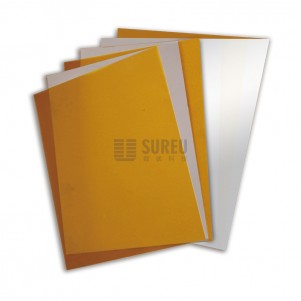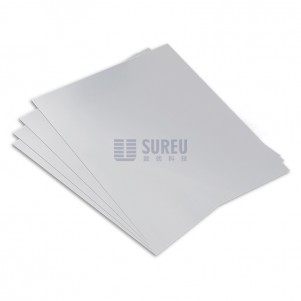With the tremendous impact of new technologies such as 5g, Internet of things and artificial intelligence on the electronic world, the PCB manufacturing industry has made a lot of development. New trends in PCB development are catching up quickly. It is estimated that the global PCB market scale in 2023 will be about US $70-75 billion.
Various fields related to PCB are developing at the same time, including: direct imaging, in which circuit patterns are directly printed on materials; New substrate materials; A new method for testing surface finish; Flexible PCB; Automation degree of manufacturing process; And more environmentally friendly.
The root of these technical trends is the growth of market demand for PCB.
Communication speed is developing rapidly with 5g technology and network. IOT technology has created specific IOT devices for almost every industry, including industrial automation, smart home, medical care and wearable devices. Artificial intelligence and machine learning have penetrated into fields other than manufacturing or assembly workshops.
Wearable devices such as glasses, chip implants or artificial limbs. Automatic driving technology is used to realize different levels of function or action automation, including driverless cars and unmanned aerial vehicles.
Different technical fields of PCB have different requirements, such as changing the shape of PCB or related accessories. Recently, camera modules have made significant progress to improve high-resolution image and video imaging. Vehicle mounted cameras will become a strong demand beyond the consumer electronics and industrial fields.
3D printing Electronics (3dpe) is changing the design of electrical systems. 3dpe is an additive manufacturing process that can build 3D circuits by printing substrates layer by layer. 3D printing enables rapid prototyping in a very short time. There is no need for at least a small amount of construction. Using this printing technology, no plate making process is required. Due to automation, this will expand product functionality and improve overall efficiency.
Compared with conventional PCBs, high density interconnect (HDI) PCBs provide high performance and thin materials. This provides compact wiring, tiny laser vias and pads. Hdipcb is the choice of miniaturized electronic products.
With the increase of mobile phone and Internet TV subscriptions, consumer electronic products are one of the fast growing trends. Wearable devices such as smart watches have also contributed to the expansion of the consumer field. These applications are increasing the demand for compact, accurate and multifunctional PCBs. In addition, due to their durability and size advantages, new IOT applications are promoting the development of flexible and rigid flexible PCB.
The massive use of chips in the semiconductor industry forces PCB experts to study new alternatives. Non degradable electronic waste also seriously affects the environment, leading designers to explore organic or biodegradable PCBs as alternatives.
Solutions that support artificial intelligence are now at the forefront of almost all industrial fields. Artificial intelligence applications are creating a demand for PCB design and manufacturing process improvement. Focusing on accelerating the development cycle to reduce defects and deliver products quickly is a key goal for the continued development of the PCB industry.
Traditionally, PCB is a passive medium used to connect active elements of circuit design. Recently, however, designers have been exploring the possibility of making the PCB itself an active component of the circuit. This approach can reduce the requirements of components while performing the required functions.
Technology trends such as augmented reality (AR) and virtual reality (VR) are leading the consumer electronics field and affecting PCB design to solve problems such as mounting electronic packages in unconventional shapes. This will confirm correct circuit operation and reduce layout and wiring technical requirements. In addition, AR with software simulation method can reduce the cost of training program because advanced simulation can replicate the actual environment of magnetic field and electric field. This will confirm that the product complies with the required regulations.
The demand for electric vehicles and autonomous vehicle is growing rapidly, and the requirements for PCBs with good heat dissipation capacity are also increasing. Advanced Automotive PCB design will solve safety, convenience and environmental problems. New energy such as power electronics will require PCB with thermal design. High current requirements and heat generation should be addressed during PCB design. It is mandatory to select an enhanced PCB harness and follow an effective layout strategy.
The complex design requirements of Multilayer PCB manufacturing cover all applications. The PCB in medical and aerospace applications needs to strictly control the EMI problem. In addition, mobile phone developers need to minimize unnecessary radiation hazards. If the PCB design does not comply with EMI regulations, a large number of circuit boards may be redesigned, thus increasing costs and delaying delivery. The increasing popularity of flexible PCB also brings new challenges to PCB designers. The possibility of electromagnetic interference between components and wiring in flexible PCB is very high, resulting in performance degradation. This problem has contributed to the demand for built-in ESD protection systems.
With the development of the trend, the speed of PCB design and development has been greatly improved. But by spending more time designing, manufacturing and assembling products, errors and debugging costs can be reduced.
As the PCB development trend changes with the new technological innovation, PCB manufacturers will have to establish a more dynamic supply chain and flexible manufacturing process to meet the requirements of these PCB trends.













